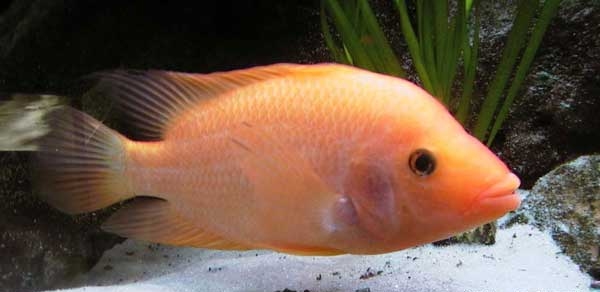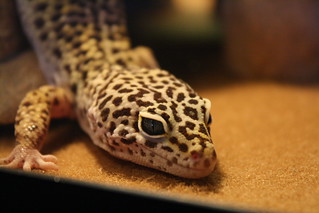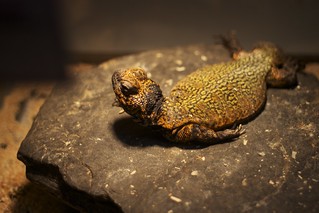The peacock cichlid is growing in popularity as a pet. They are traced to Lake Malawi and Lake Tanganyika. The fish are regarded as being amongst the most beautiful cichlids. And best of all they are some of the most peaceful of all the cichlid species.
They are best for large aquariums and are great for display due to their colors and a massive size. They are named after the peacock's colorful displays. The peacock cichlid has an elongated and a much higher back than other cichlids where their pelvic and the pectoral fins are a bit longer.
The males grow to around 15 centimeters while females grow up to 4 centimeters. A dark indigo blue characterizes their colors from the lower jaw up to the rear part of the body. You will not need to breed the males and females of the peacock cichlid separately.
They breed very well and display a beautiful blend of colors. They are considered members of the free swimming Haplochromis group. In their natural habitat, they are known to form schools. While breeding them, it is advised that you have one or two males interact with a larger number of females. This will encourage breeding and you could have a whole school in no time.
The peacock cichlid is a mild aggression type of fish. Since the fish exhibit aggressive tendencies, you will need to build their aquarium with this in mind. They will increase in aggression when confined into these small tanks. Taking this in mind, you can be able to inhibit the aggression as well with extra water volume per fish.
You could also increase breeding. The tank should be around 100cm with capacity for up to 55 gallons of water. In the aquarium, you should set up rocks and provide crevices and cave like designs. Remember the fish's original habitat included crevices and caves.
The water needs to be alkaline in nature therefore; it is advised that you use coral sand substrate. Since the water may change rapidly, it is a good idea to have it changed as frequently as possible. A dirty fish tank is not only disturbing to the eye but also unsafe for fish. The aggression of the peacock cichlid is very minimal compared to most Lake Malawi counterparts.
However, they are good in defending their school and will form territories too. You should not place peacock cichlid with smaller fishes since they may look at them as food. They can be put into the same tank with like-sized fishes like cat fish. Mbunas should not be chosen as tank-mates for the peacock cichlid.
They tend to be far more aggressive. Peacock cichlids are omnivores. It is a simple task when it comes to feeding since they are not choosy. They can be fed from foods such as bloodworm, mosquito larvae and crustaceans. The water pH level should be a bit above 8 but not exceed 8.2. They need a relatively warm water temperature of between 26 and 29 degrees Celsius.
Article Source: EzineArticles
|








